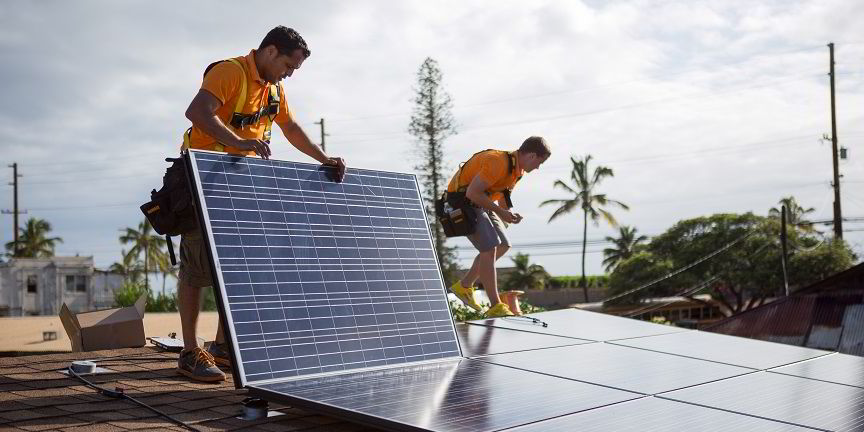Utah-based Vivint is under fierce scrutiny following the collapse of SunEdison’s planned acquisition of the company and, last week, the resignation of chief executive Greg Butterfield.
Vivint is trying – so far unsuccessfully – to convince investors that it can make it as a standalone company, despite the fact that many critical activities were effectively put on ice while the SunEdison drama played out through the second half of last year and into early 2016.
Vivint Solar is on the long list of companies suing SunEdison, which filed for Chapter 11 bankruptcy last month.
Utah-based Vivint installed 55MW of PV capacity in the first quarter at an average all-in cost of $3.34/W, compared to $3.12/W in the fourth quarter of 2015 and $3.21/W in the year-ago period.
Vivint’s rising costs mirror those of rival SolarCity, whose all-in costs rose to $3.18/W in the first quarter of 2016, from $2.67/W in the fourth quarter of last year.
Both companies face ongoing regulatory uncertainty in many state markets in the US, which SolarCity says made it harder to book new customers – which resulted in substantially higher customer-acquisition costs.
Vivint’s 55MW of installations in the quarter compare to SolarCity’s 214MW.
Vivint reported a quarterly net loss attributed to common shareholders of $31.2m, or negative $0.29 per share, on total revenues of $17.2m.
In the same quarter last year, the company reported a net profit attributed to common shareholders of $12.1m, or $0.12 per share, on revenues of $9.5m.
Shares of Vivint fell nearly 7% in early trading on Tuesday, to $2.31.
After going public in 2014, Vivint shares peaked above $15 in mid-2015 in the wake of SunEdison’s announcement that it would acquire the company. Since then they have declined steadily.

